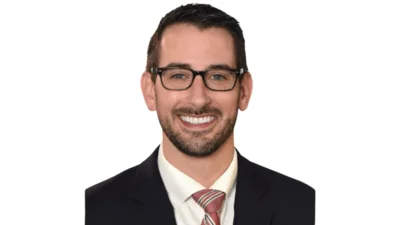David Harris Director the Illinois Department of Revenue | Official Website
David Harris Director the Illinois Department of Revenue | Official Website
Boone County has received a tentative property assessment equalization factor of 1.0000, according to David Harris, director of the Illinois Department of Revenue (IDOR).
The property assessment equalization factor, also known as the "multiplier," is used to ensure uniform property assessments among counties in Illinois. This process helps maintain fairness for taxpayers, especially since many local taxing districts overlap multiple counties.
According to state law, most property in Illinois must be assessed at one-third of its market value. Farm properties are treated differently; farm homesites and dwellings follow standard procedures, while farmland and buildings are assessed based on productivity.
The equalization factor is determined each year by comparing the sales prices of properties over the past three years with their assessed values. If a county’s average assessment matches one-third of market value, the multiplier is set at 1.0000. If assessments are higher or lower than this standard, the multiplier adjusts accordingly.
In Boone County, recent data from 2022 to 2024 shows that assessments are at 33.27% of market value. The new tentative multiplier will apply for taxes in 2025 payable in 2026. Last year’s multiplier was also 1.0000.
The tentative figure could change if the County Board of Review makes significant adjustments or if new data is presented that challenges IDOR’s calculations. A public hearing on the proposed multiplier will take place between 20 and 30 days after its publication in a local newspaper.
David Harris stated: "The property assessment equalization factor, often called the 'multiplier,' is the method used to achieve uniform property assessments among counties, as required by law."
A change in the equalization factor does not directly impact total property tax bills. Tax amounts depend on how much money local taxing bodies request each year to fund services for residents. Even if assessments rise, overall taxes do not increase unless local taxing districts ask for more funding than they did previously.
The assessed value of each property determines what share of taxes an individual taxpayer pays within their district; this share does not change because of adjustments to the multiplier.




 Alerts Sign-up
Alerts Sign-up